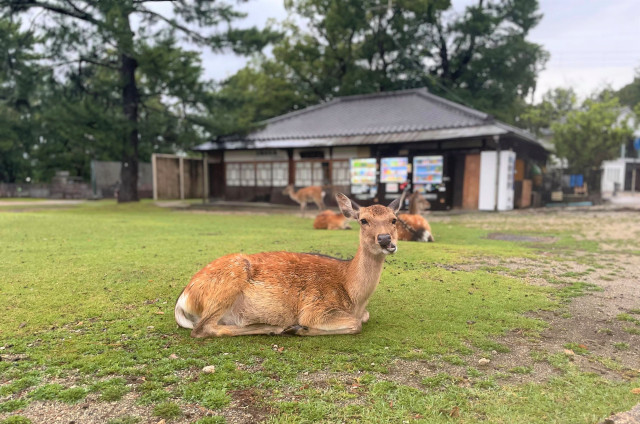
Free-roaming deer continue to baffle visitors and experts with their unusual behaviour.
For the past two years, our Japanese-language reporter K. Masami has been monitoring the free-roaming deer in Nara Park in summer, witnessing a special summer-only gathering phenomenon known as “shikadamari“.
Loosely translating to “deer gathering spot”, shikadamari has been baffling even experts at the Nara Deer Preservation Foundation, who can’t explain why the deer gather on a particular patch of grass at the same hour, and for the same amount of time each day.
The animals congregate on the grass opposite the Nara National Museum inside the park at around 6:30 p.m. and leave shortly after 7:00 p.m. every day during the summer months.
▼ This was the situation in 2019.
▼ And this was taken at the same spot in 2020.
Shikadamari occurs in July and August each year, with the season previously ending on 12 August in 2019 and 17 August in 2020. So what are the deer in Nara Park doing this year?
▼ Our reporter K. Masami went to find out.
Masami decided to visit the park on 12 August, heading out to the grassy mound near the museum at around 6:00 p.m. to see if this year’s shikadamari season was still in progress. She’d already visited the park in July, and was able to see the deer congregating at the gathering spot like they do every year, so she figured this year would have a similar timeline to previous years.
▼ This photo was taken on 23 July.
▼ However, when she visited on 12 August, this is what she saw.
That’s right — there were zero deer here. This place is usually packed with deer at this time of year, and although she could see some of the animals off in the distance, there were none to be seen on this patch of grass.
▼ The closest animals were still quite a distance away.
In 2019, Masami counted 623 deer at this spot, while last year, she counted 216. This year, that number had dropped even further, to zero, and despite observing the spot until the sun went down, not one deer ventured into this area.
▼ After waiting for an hour, Masami’s counter continued to read zero.
▼ It’s not as if the deer haven’t been using the area recently, as Masami could see plenty of fresh dung at the gathering spot.
Of course, it was raining on the day Masami visited, and it had been raining a few days beforehand as well, so she figured that might be the reason for the absence of the deer. However, she did see some animals happily munching on grass inside the park, seemingly oblivious to the rain, so she decided to put a call in to the Nara Deer Preservation Foundation, who look after the deer in the park, to see what they had to say about the situation.
In response to her questions about why the deer weren’t gathering and if it had anything to do with the wet weather conditions, they said:
“Firstly, the reason why the deer gather in that spot is unknown. While some deer don’t mind the rain, we can’t say that they’re not avoiding direct rain. Like humans, when a deer gets wet, their body naturally gets cold. So they might be avoiding places with no trees or eaves to shelter by, but we can’t say for certain.”
So, according to the foundation, rain may not be entirely to blame for the lack of shikadamari this year, but it may be one of the reasons for it. And as she walked around the park, Masami did notice a number of deer sheltering from the rain under the eaves of buildings.
While Masami was unable to get a definitive answer for the animals’ behaviour, she does feel that the deer are sensitive to changes in temperature and climate, and she believes it’s likely that this plays a large part in influencing the timing of their annual gatherings.
After researching the details behind this year’s shikadamari, Masami was surprised to discover that the season appeared to start in May, which is much earlier than usual. Checking the annual temperatures for that month, she found that the highest temperature in Nara Prefecture during May last year was 21.8 degrees, on the 31st. By comparison, the highest May temperature was 28.9 degrees Celsius — 7.1 degrees higher than last year — on the same day in 2021.
Temperatures in June also appeared to be higher than last year, and surprisingly, temperatures this month have dropped dramatically, with lows of 22-24 degrees Celsius this week, which is much cooler than last year.
▼ Deer can be seen sitting around the park right now, although it’s not en masse at their usual gathering spot.
This pattern suggests that temperatures may be more of a factor than dates on the calendar in determining when shikadamari occurs every year. And with many believing the deer use their special gathering spot to cool down when the temperatures rise, we may soon be able to predict whether it will be a hot or long summer by observing the animals’ behaviour in future.
While the Foundation is yet to conduct any real research into the shikadamari phenomenon, our reporter Masami aims to learn as much as she can about it through repeated observations. Because though much has been written about the animals freely roaming the streets and bowing to tourists in Nara Park in return for senbei rice crackers, the literature is sorely lacking in their secret powers of perception and congregation, which continue to puzzle everyone year after year!
Photos © SoraNews24
● Want to hear about SoraNews24’s latest articles as soon as they’re published? Follow us on Facebook and Twitter!
[ Read in Japanese ]

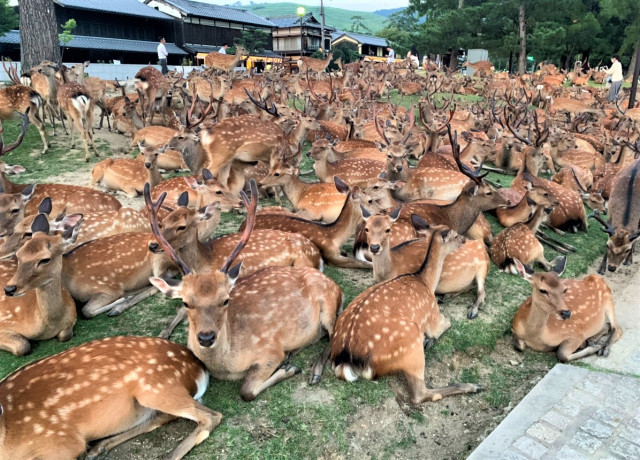
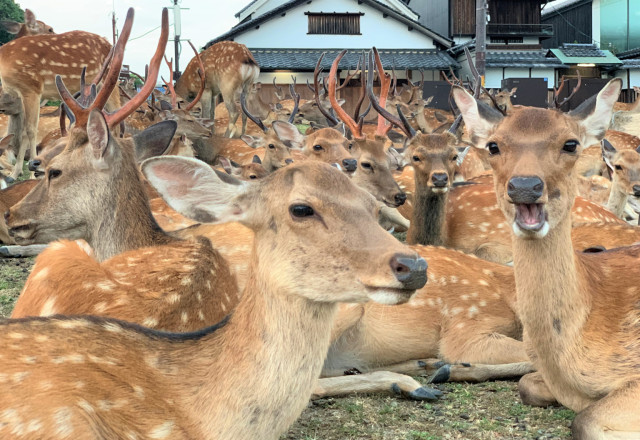


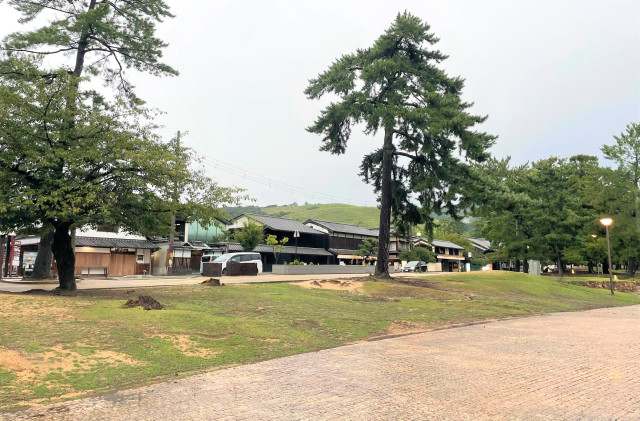
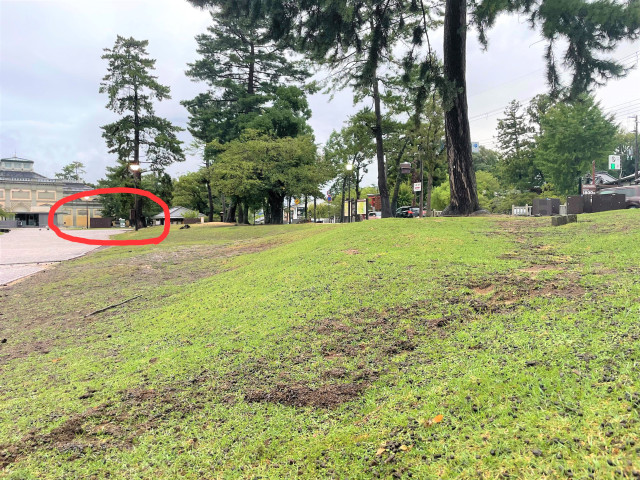


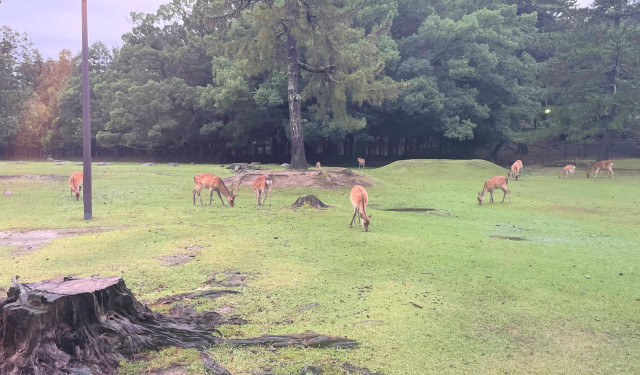
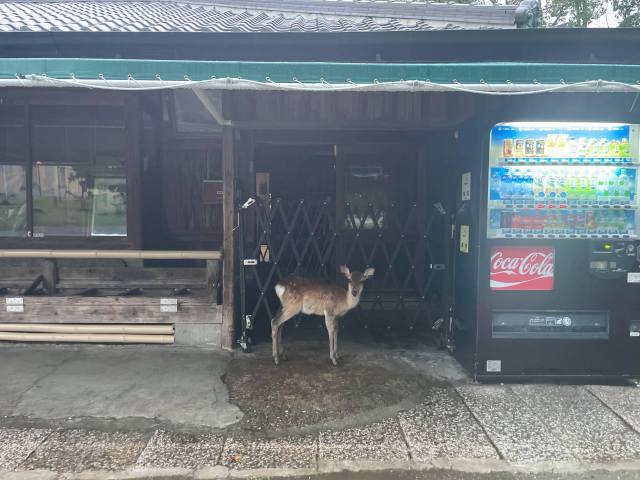
 Deer in Nara Park outnumber visitors, display baffling summer gathering behaviour
Deer in Nara Park outnumber visitors, display baffling summer gathering behaviour Nara deer shikadamari mystery deepens as tourists return to Nara park
Nara deer shikadamari mystery deepens as tourists return to Nara park Nara deer “addicted” to rice crackers, lose weight with no tourists to feed them
Nara deer “addicted” to rice crackers, lose weight with no tourists to feed them Nara asks visitors to stop feeding the deer
Nara asks visitors to stop feeding the deer Nara deer leave park, head to station for food as tourist numbers tumble due to coronavirus
Nara deer leave park, head to station for food as tourist numbers tumble due to coronavirus McDonald’s new Happy Meals offer up cute and practical Sanrio lifestyle goods
McDonald’s new Happy Meals offer up cute and practical Sanrio lifestyle goods More foreign tourists than ever before in history visited Japan last month
More foreign tourists than ever before in history visited Japan last month Starbucks reopens at Shibuya Scramble Crossing with new look and design concept
Starbucks reopens at Shibuya Scramble Crossing with new look and design concept Is the new Shinkansen Train Desk ticket worth it?
Is the new Shinkansen Train Desk ticket worth it? The oldest tunnel in Japan is believed to be haunted, and strange things happen when we go there
The oldest tunnel in Japan is believed to be haunted, and strange things happen when we go there Dogs now allowed on Catbus! Ghibli Park vehicles revise service animal policy
Dogs now allowed on Catbus! Ghibli Park vehicles revise service animal policy Our reporter takes her 71-year-old mother to a visual kei concert for the first time
Our reporter takes her 71-year-old mother to a visual kei concert for the first time Arrest proves a common Japanese saying about apologies and police
Arrest proves a common Japanese saying about apologies and police Hey, Japanese taxi driver! Take us to your favorite restaurant in Tsuruga City!
Hey, Japanese taxi driver! Take us to your favorite restaurant in Tsuruga City!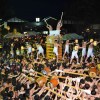 “Half-naked men only in loincloths” drum battle returns to Hida festival for first time in five years
“Half-naked men only in loincloths” drum battle returns to Hida festival for first time in five years Disney princesses get official manga makeovers for Manga Princess Cafe opening in Tokyo
Disney princesses get official manga makeovers for Manga Princess Cafe opening in Tokyo We try out “Chan Ramen”, an underground type of ramen popular in the ramen community
We try out “Chan Ramen”, an underground type of ramen popular in the ramen community Foreign English teachers in Japan pick their favorite Japanese-language phrases【Survey】
Foreign English teachers in Japan pick their favorite Japanese-language phrases【Survey】 Beautiful new Final Fantasy T-shirt collection on the way from Uniqlo【Photos】
Beautiful new Final Fantasy T-shirt collection on the way from Uniqlo【Photos】 There’s a park inside Japan where you can also see Japan inside the park
There’s a park inside Japan where you can also see Japan inside the park New Studio Ghibli bedding sets are cool in all senses of the word
New Studio Ghibli bedding sets are cool in all senses of the word Japanese convenience store packs a whole bento into an onigiri rice ball
Japanese convenience store packs a whole bento into an onigiri rice ball Hanton rice — a delicious regional food even most Japanese people don’t know about, but more should
Hanton rice — a delicious regional food even most Japanese people don’t know about, but more should New Pokémon cakes let you eat your way through Pikachu and all the Eevee evolutions
New Pokémon cakes let you eat your way through Pikachu and all the Eevee evolutions Hamburg and Hamburg Shibuya: A Japanese restaurant you need to put on your Tokyo itinerary
Hamburg and Hamburg Shibuya: A Japanese restaurant you need to put on your Tokyo itinerary Studio Ghibli releases Kiki’s Delivery Service chocolate cake pouches in Japan
Studio Ghibli releases Kiki’s Delivery Service chocolate cake pouches in Japan Japan’s bone-breaking and record-breaking roller coaster is permanently shutting down
Japan’s bone-breaking and record-breaking roller coaster is permanently shutting down New definition of “Japanese whiskey” goes into effect to prevent fakes from fooling overseas buyers
New definition of “Japanese whiskey” goes into effect to prevent fakes from fooling overseas buyers Foreign passenger shoves conductor on one of the last full runs for Japan’s Thunderbird train
Foreign passenger shoves conductor on one of the last full runs for Japan’s Thunderbird train Our Japanese reporter visits Costco in the U.S., finds super American and very Japanese things
Our Japanese reporter visits Costco in the U.S., finds super American and very Japanese things Kyoto bans tourists from geisha alleys in Gion, with fines for those who don’t follow rules
Kyoto bans tourists from geisha alleys in Gion, with fines for those who don’t follow rules Studio Ghibli unveils Mother’s Day gift set that captures the love in My Neighbour Totoro
Studio Ghibli unveils Mother’s Day gift set that captures the love in My Neighbour Totoro Domino’s Japan now sells…pizza ears?
Domino’s Japan now sells…pizza ears? New Japanese KitKat flavour stars Sanrio characters, including Hello Kitty
New Japanese KitKat flavour stars Sanrio characters, including Hello Kitty Kyoto creates new for-tourist buses to address overtourism with higher prices, faster rides
Kyoto creates new for-tourist buses to address overtourism with higher prices, faster rides Sales of Japan’s most convenient train ticket/shopping payment cards suspended indefinitely
Sales of Japan’s most convenient train ticket/shopping payment cards suspended indefinitely Sold-out Studio Ghibli desktop humidifiers are back so Totoro can help you through the dry season
Sold-out Studio Ghibli desktop humidifiers are back so Totoro can help you through the dry season Japanese government to make first change to romanization spelling rules since the 1950s
Japanese government to make first change to romanization spelling rules since the 1950s Ghibli founders Toshio Suzuki and Hayao Miyazaki contribute to Japanese whisky Totoro label design
Ghibli founders Toshio Suzuki and Hayao Miyazaki contribute to Japanese whisky Totoro label design Doraemon found buried at sea as scene from 1993 anime becomes real life【Photos】
Doraemon found buried at sea as scene from 1993 anime becomes real life【Photos】 Tokyo’s most famous Starbucks is closed
Tokyo’s most famous Starbucks is closed One Piece characters’ nationalities revealed, but fans have mixed opinions
One Piece characters’ nationalities revealed, but fans have mixed opinions We asked a Uniqlo employee what four things we should buy and their suggestions didn’t disappoint
We asked a Uniqlo employee what four things we should buy and their suggestions didn’t disappoint Princesses, fruits, and blacksmiths: Study reveals the 30 most unusual family names in Japan
Princesses, fruits, and blacksmiths: Study reveals the 30 most unusual family names in Japan Studio Ghibli’s new desktop Howl’s Moving Castle will take your stationery on an adventure
Studio Ghibli’s new desktop Howl’s Moving Castle will take your stationery on an adventure Nara Park’s first baby deer of the year has been born, is totally adorable【Video】
Nara Park’s first baby deer of the year has been born, is totally adorable【Video】 The poo from Nara Park’s deer is changing because of the coronavirus pandemic
The poo from Nara Park’s deer is changing because of the coronavirus pandemic Nara deer stampede into marathon, hit runner in their path
Nara deer stampede into marathon, hit runner in their path Nara considering increasing number of deer that can be killed each year, expanding culling zone
Nara considering increasing number of deer that can be killed each year, expanding culling zone Nara’s “deer cookie” rice crackers get their first price increase in 28 years
Nara’s “deer cookie” rice crackers get their first price increase in 28 years Nara unveils new vending machines that sell deer crackers
Nara unveils new vending machines that sell deer crackers Nara, Japanese city famous for its streets of tame deer, begins culling program within city
Nara, Japanese city famous for its streets of tame deer, begins culling program within city Nara deer dies with four kilos of plastic in its stomach, tourists cautioned to feed animals properly
Nara deer dies with four kilos of plastic in its stomach, tourists cautioned to feed animals properly Japanese train goes viral for Nara deer decorations
Japanese train goes viral for Nara deer decorations Deer killed by man with axe in Nara
Deer killed by man with axe in Nara An unexpected visitor stops by our cheap Japanese house in the countryside【SoraHouse】
An unexpected visitor stops by our cheap Japanese house in the countryside【SoraHouse】 Why isn’t there more deer poo in Nara Park? This very strange museum has the answer【Photos】
Why isn’t there more deer poo in Nara Park? This very strange museum has the answer【Photos】 Nara’s deer continue their summertime tradition of commandeering one of the city’s streets
Nara’s deer continue their summertime tradition of commandeering one of the city’s streets Why deer are drawn to train tracks, and how Japan is solving the problem with this simple block
Why deer are drawn to train tracks, and how Japan is solving the problem with this simple block Green tea ice cream from Nara combines everything we love about the city into one cute dessert
Green tea ice cream from Nara combines everything we love about the city into one cute dessert Thinking about moving to Nara? Here are eight things that may surprise you!
Thinking about moving to Nara? Here are eight things that may surprise you!
Leave a Reply